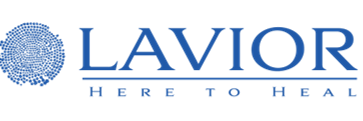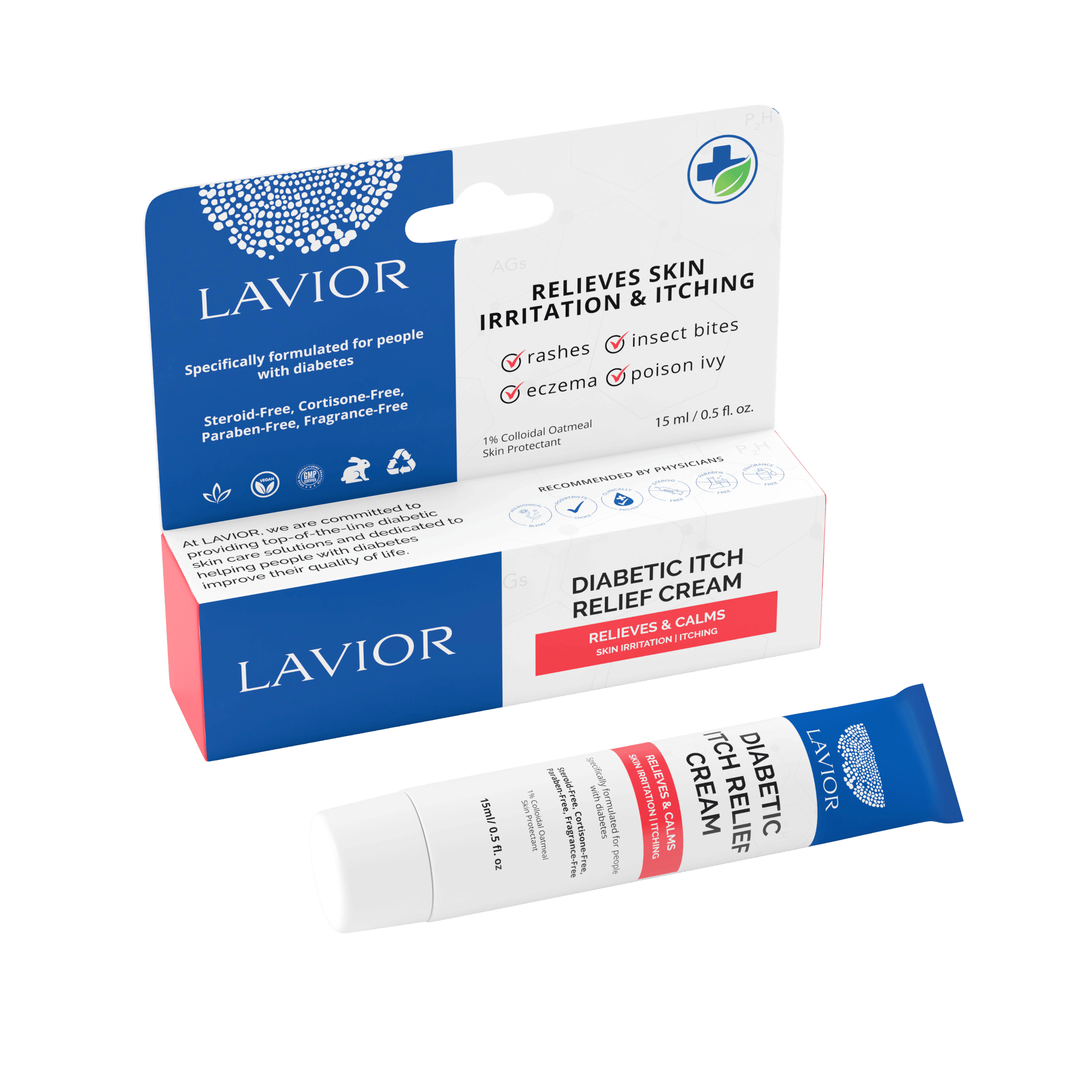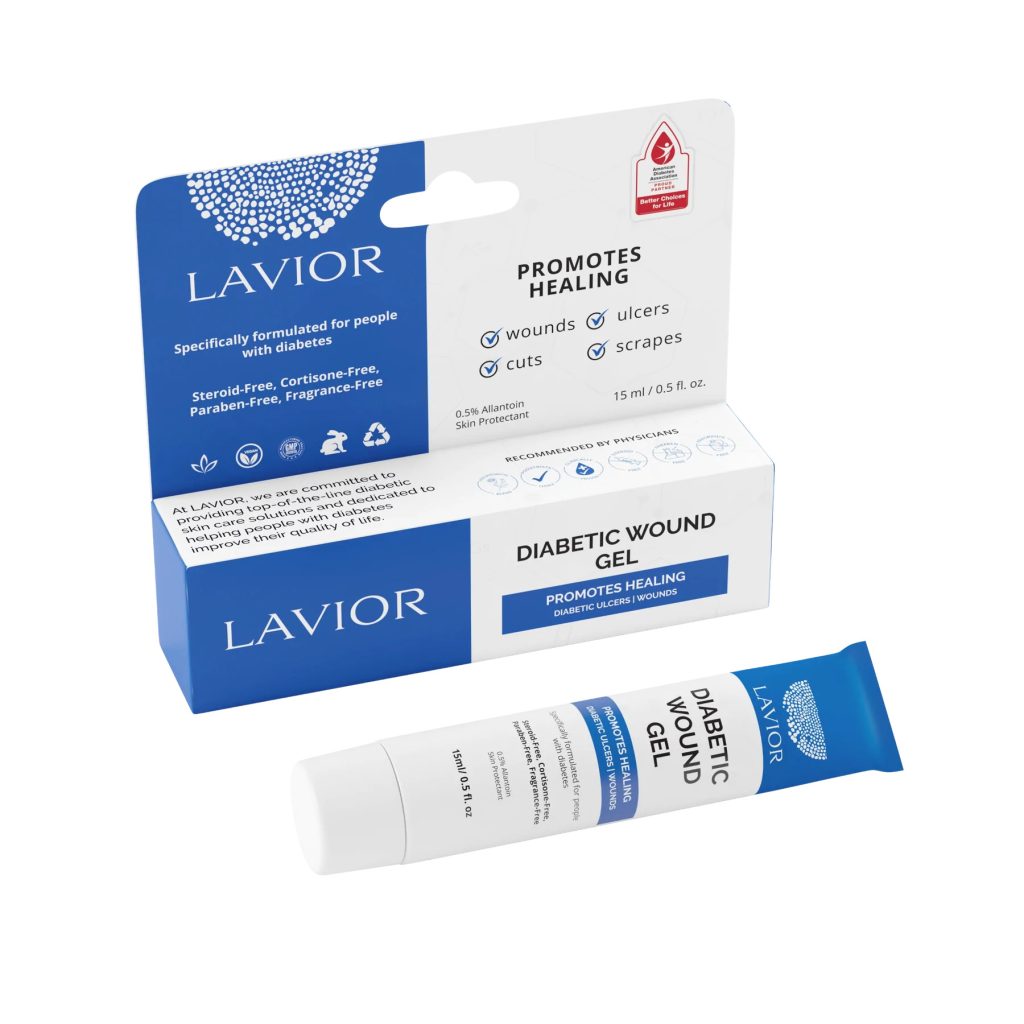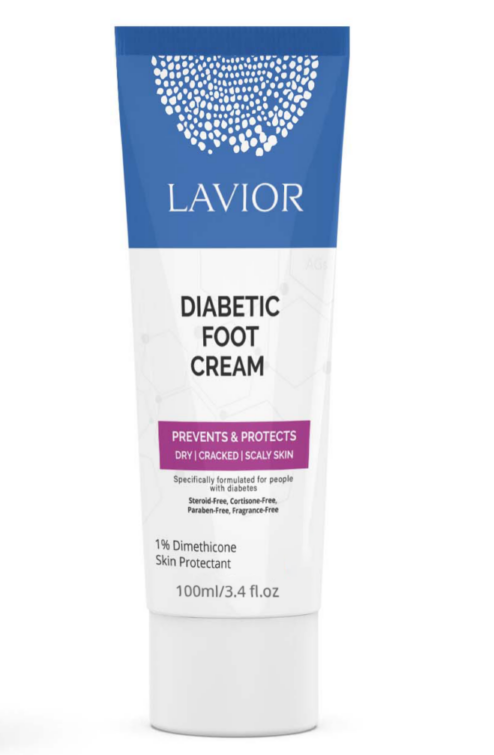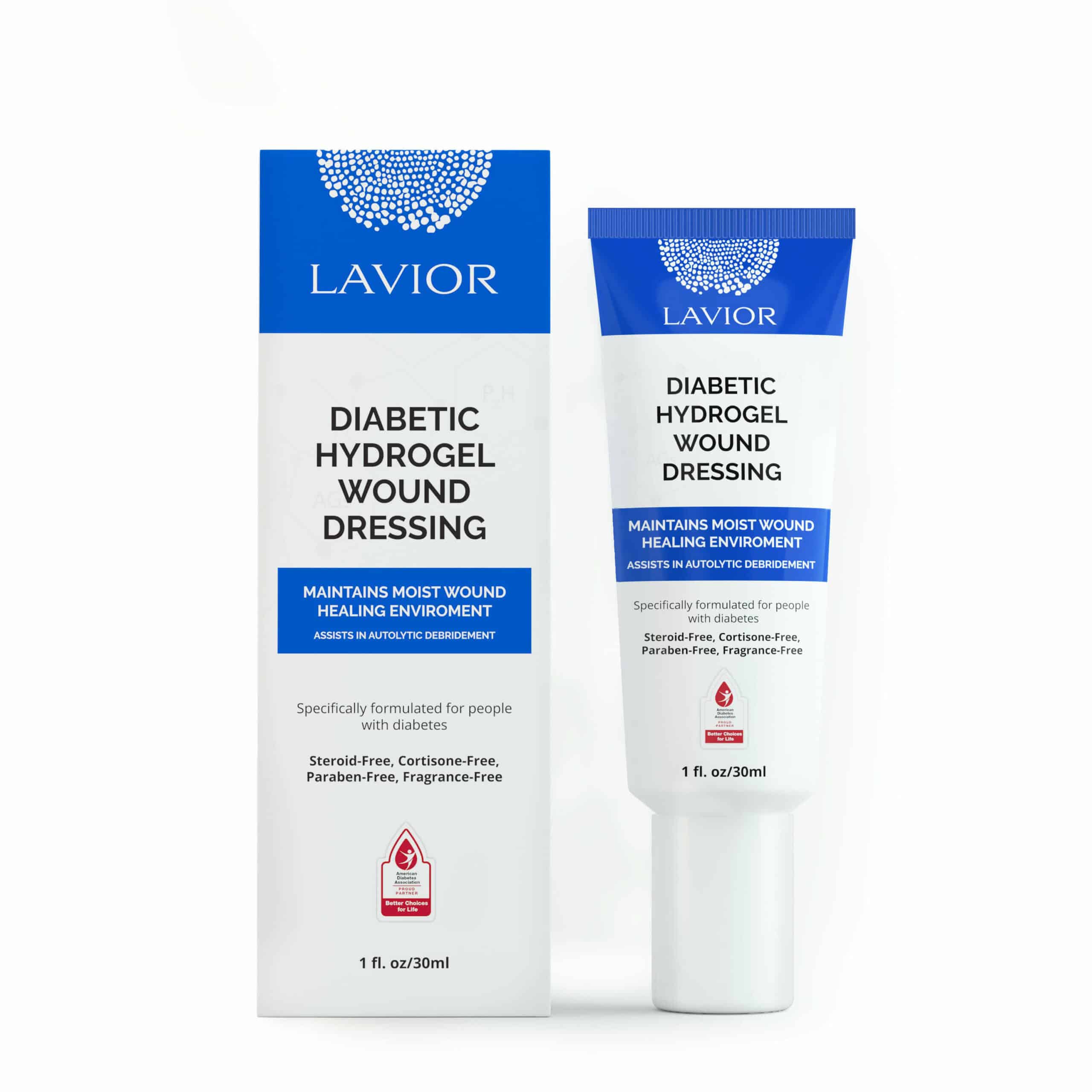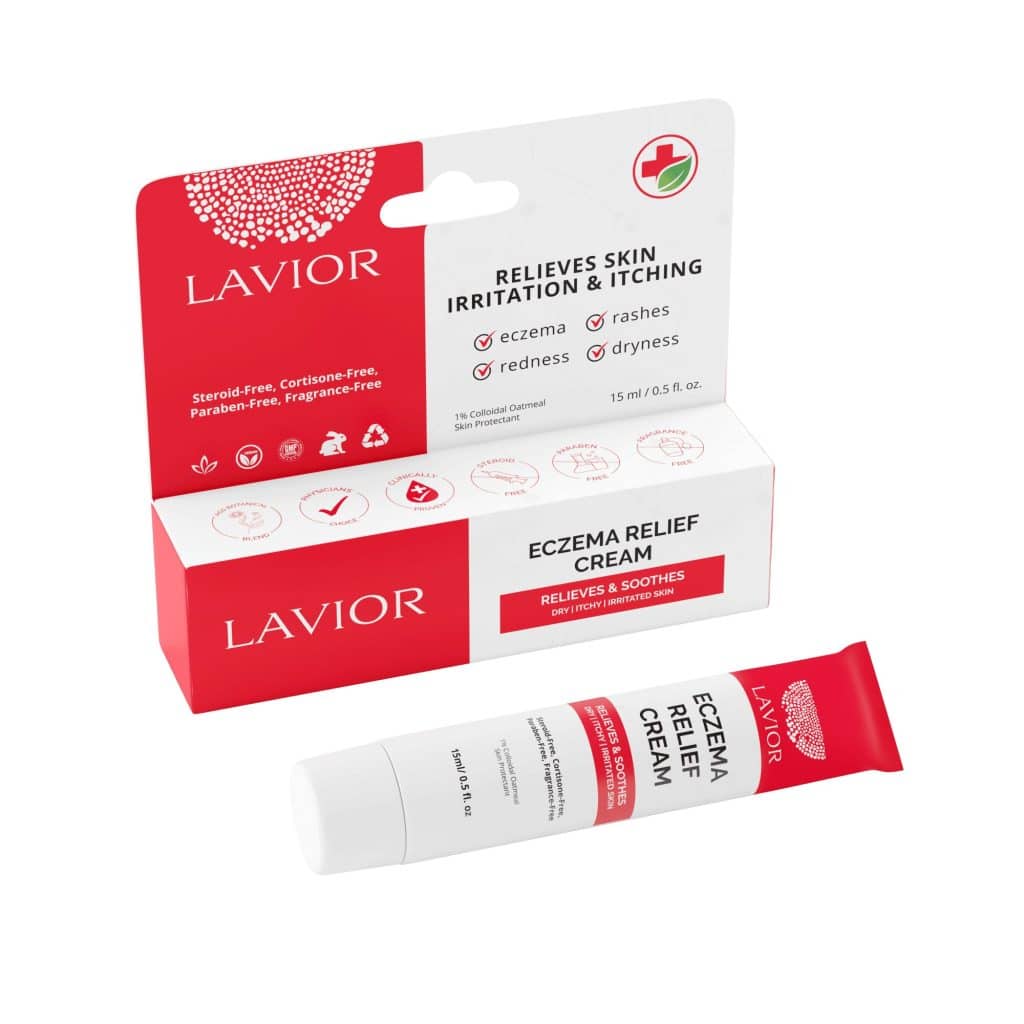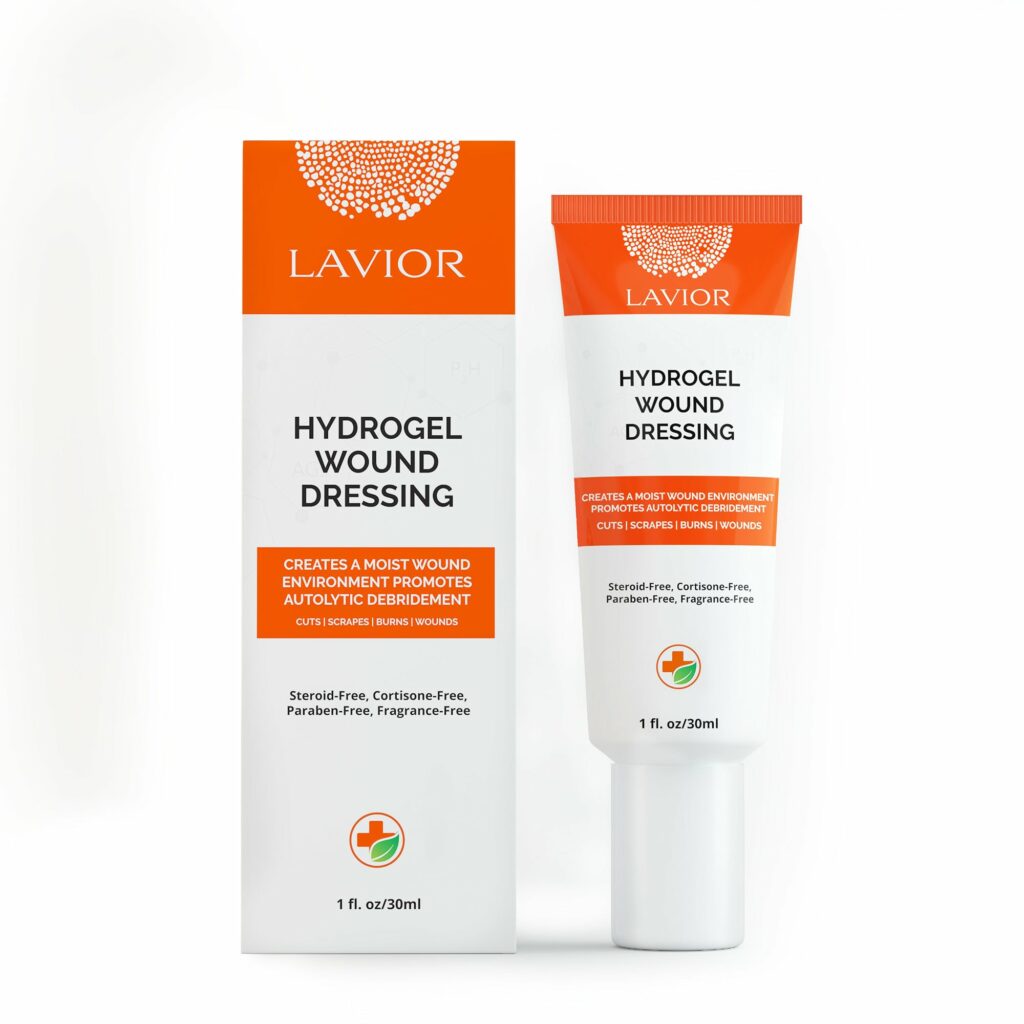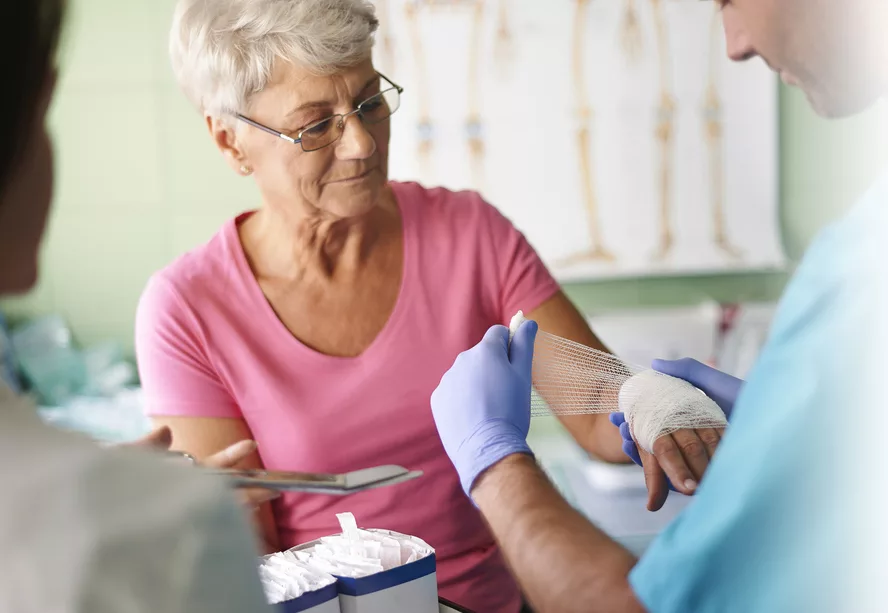Do you know why doctors are so concerned about small wounds in older people? Why do they suggest wound care gels or Lavior Wound Care Gel in particular? Because wound healing is frequently delayed in older individuals, even in the absence of diabetes. This may not only result in a greater chance of infection, but it may also promote the progression of these minor lesions into chronic wounds. Elderly individuals are disproportionately impacted by chronic wounds, which cause significant morbidity and mortality for millions of Americans and Globally. (1)
The Physical, Emotional, and Financial Toll of Untreated Wounds
Research has highlighted the consequences of untreated and unattended wounds, which can result in not only pain but also loss of function. Wounds can significantly impact a person’s overall well-being and mental and emotional health. Some wounds can be pretty visible, leading patients to feel self-conscious and withdraw from social situations, which can cause feelings of isolation and emotional stress. Dealing with chronic wounds can lead to significant financial strain for patients and their families. (2)
Medical research published in the journal Value in health in 2018 reported that developed nations witness a 1-2% prevalence of chronic non-healing wounds, similar to the prevalence of heart failure. While heart failure has attracted significant attention regarding its morbidity and associated costs, the comparable burden of chronic wounds, including amputations and even death, has largely been under-recognized. Moreover, Medicare cost for treating acute and chronic wounds is nearly $96.8 billion. (3)
Causes of Wounds and Delayed Healing in Older Adults
There are multiple causes of wounds, including infections, traumatic injuries like burns and cuts, surgical procedures, chronic conditions such as pressure ulcers, underlying medical issues affecting skin integrity, foreign object penetration, chemical exposure, friction or pressure, radiation therapy, and inflammatory skin conditions.
Delayed wound healing in elderly individuals can be attributed to a combination of age-related physiological changes, medicines, and underlying health conditions.
Aging Reduces the Rate of Tissue Regeneration and Delays Healing
Aging leads to a decline in the body’s ability to heal wounds due to decreased collagen formation and cell turnover, lowering the body’s ability to regenerate tissue. Skin becomes thinner, and the inflammatory response is delayed, leading to compromised function of immune cells and reduced blood vessel formation. (4)
Gender Dynamics in Aging and Wound Healing
Sex hormones contribute to age-related impairments in wound healing. Elderly males have slower healing of acute wounds compared to elderly women. One reason is that female oestrogens, male androgens, and their steroid precursor dehydroepiandrosterone seem to influence the wound-healing process strongly. (5)
Psychological Stress Delays Wound Healing
Research in both humans and animals has shown that psychological stress significantly slows down the process of wound healing. Factors such as depression, anxiety, and hostility have been linked to slower wound healing rates, while effective communication and healthy behaviors have been associated with improved healing outcomes. (6)
Medication Slow down the Healing Process
Various medications, like those that disrupt clotting or platelet function, as well as inflammatory responses and cell growth, can impact the healing of wounds. Systemic steroids can lead to wounds healing with incomplete granulation tissue and reduced wound contraction. Studies have reported that NSAIDs may have a detrimental effect on the healing process. Furthermore, Many chemotherapeutic drugs target cellular metabolism, rapid cell division, and angiogenesis to hinder important pathways for wound repair. (4)
Role of Obesity in Wound Healing
- Obesity can hinder the healing of wounds through factors such as poor blood flow, inflammation, and lack of essential nutrients. When adipose tissue grows without a corresponding increase in blood flow, it can result in inadequate perfusion and oxygenation. This can make obese individuals more susceptible to infection and slower healing processes. Furthermore, obesity is associated with reduced levels of adiponectin, a hormone that aids in angiogenesis and keratinocyte migration in wound healing. (7)
Malnutrition Impedes the Normal Processes of Wound Healing
- Malnutrition has a significant effect on wound healing by hindering the usual processes needed for moving through the stages of wound healing. Deficiencies in essential minerals such as zinc, protein, and vitamins A, C, and E can impair collagen synthesis and immune function, slowing the healing process.Individuals who are malnourished may develop pressure ulcers, infections, and experience delayed wound healing, resulting in chronic non-healing wounds. (8)
Chronic Illnesses and Wound Healing in Vulnerable Populations
- Chronic illnesses that are common in this population, like peripheral vascular disease and cardiovascular disease, make the situation worse by reducing nutrient delivery, obstructing tissue perfusion, and reducing blood flow to the wound site.
Wound Care for Non-Diabetic Elderly
A multimodal strategy is required for the effective management of older people who do not have diabetes and have slow-healing wounds. In-depth wound assessment, infection prevention strategies, treating underlying medical issues, pain management, patient education, routine monitoring, and the best wound care methods that include the use of Lavior Wound Care Gel that offers rapid healing and instant recovery with the power of natural ingredients.
Don’t settle for messy ointments or ineffective sprays. Experience the Lavior difference and order your Gel today!
References :
- Cristina ML, Spagnolo AM, Giribone L, Demartini A, Sartini M. Epidemiology and prevention of healthcare-associated infections in geriatric patients: a narrative review. International Journal of Environmental Research and Public Health. 2021;18(10):5333.
- Klein TM, Andrees V, Kirsten N, Protz K, Augustin M, Blome C. Social participation of people with chronic wounds: A systematic review. International Wound Journal. 2021;18(3):287-311.
- Nussbaum SR, Carter MJ, Fife CE, DaVanzo J, Haught R, Nusgart M, et al. An economic evaluation of the impact, cost, and medicare policy implications of chronic non-healing wounds. Value in Health. 2018;21(1):27-32.
- Guo Sa, DiPietro LA. Factors affecting wound healing. Journal of dental research. 2010;89(3):219-29.
- Gilliver SC, Ashworth JJ, Ashcroft GS. The hormonal regulation of cutaneous wound healing. Clinics in dermatology. 2007;25(1):56-62.
- House SL. Psychological distress and its impact on wound healing: an integrative review. Journal of Wound Ostomy & Continence Nursing. 2015;42(1):38-41.
- Alma A, Marconi GD, Rossi E, Magnoni C, Paganelli A. Obesity and Wound Healing: Focus on Mesenchymal Stem Cells. Life. 2023;13(3):717.
- Ghaly P, Iliopoulos J, Ahmad M. The role of nutrition in wound healing: an overview. British Journal of Nursing. 2021;30(5):S38-S42.

